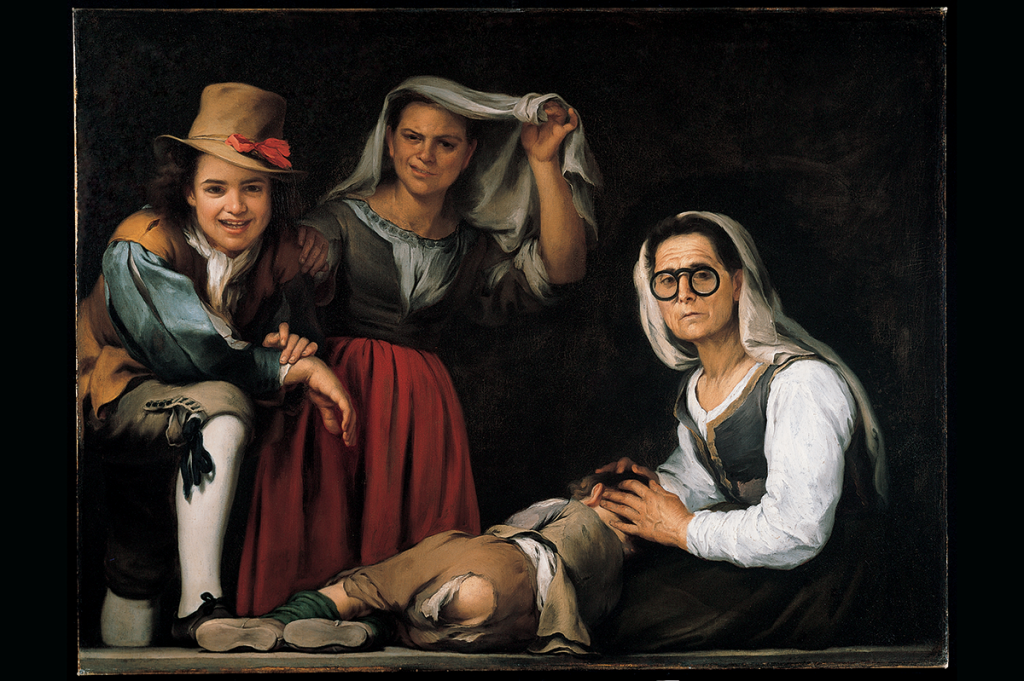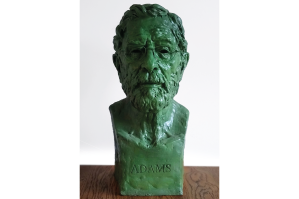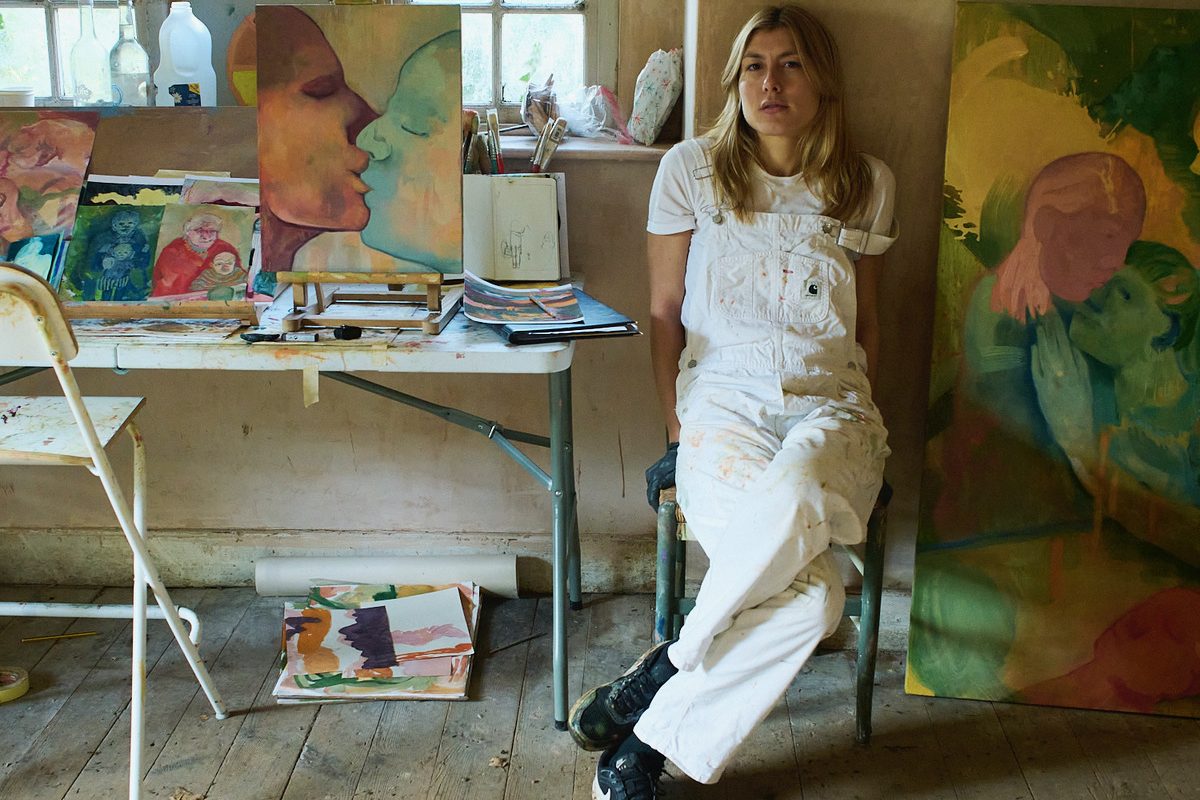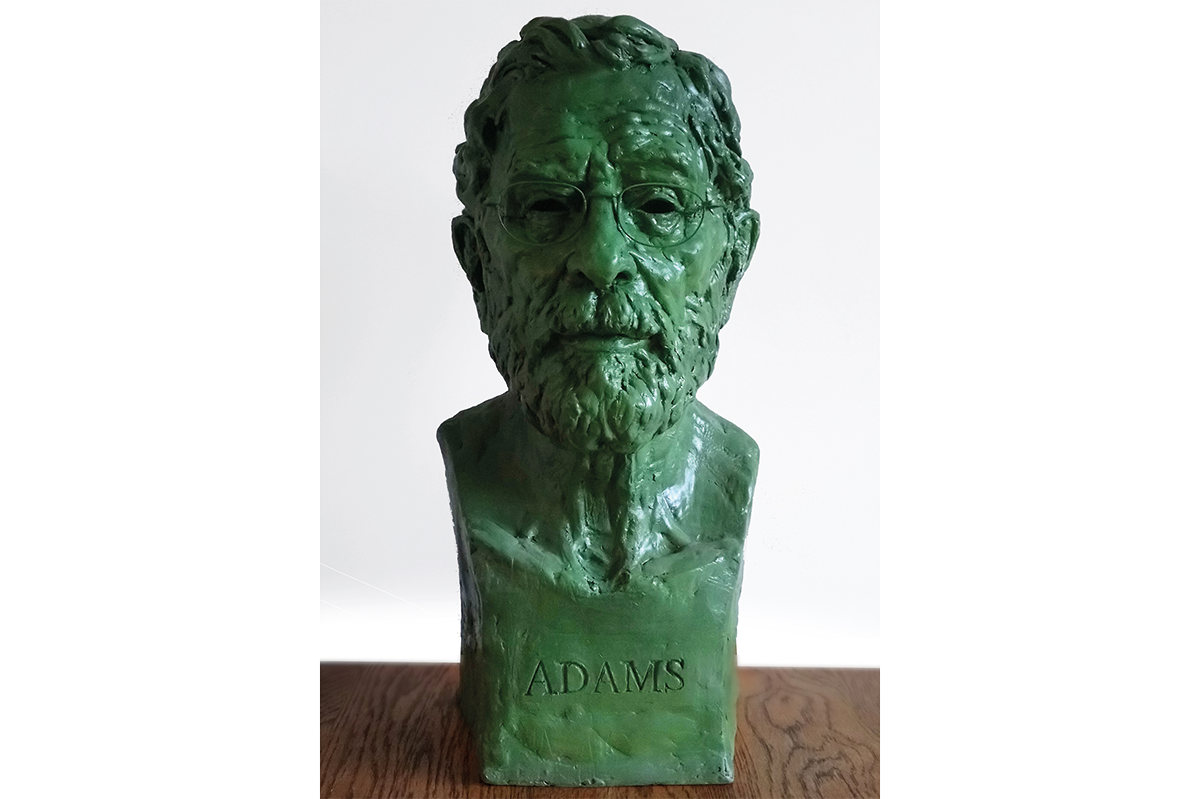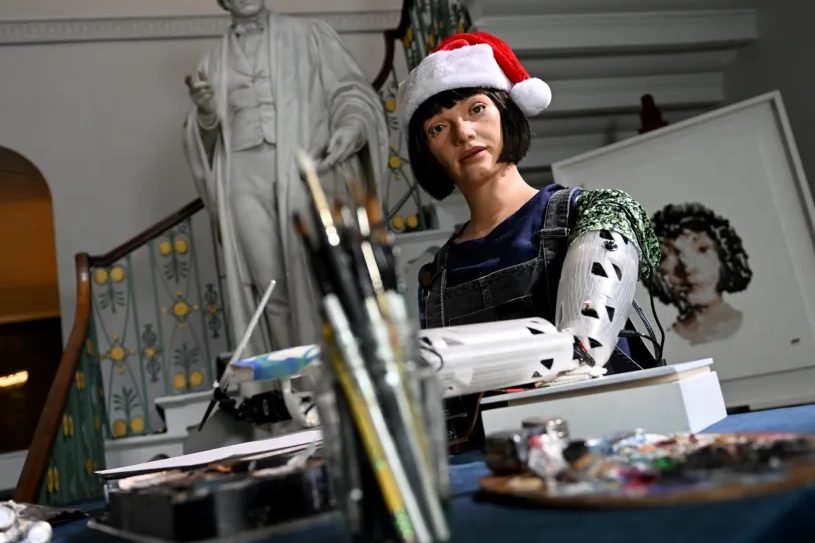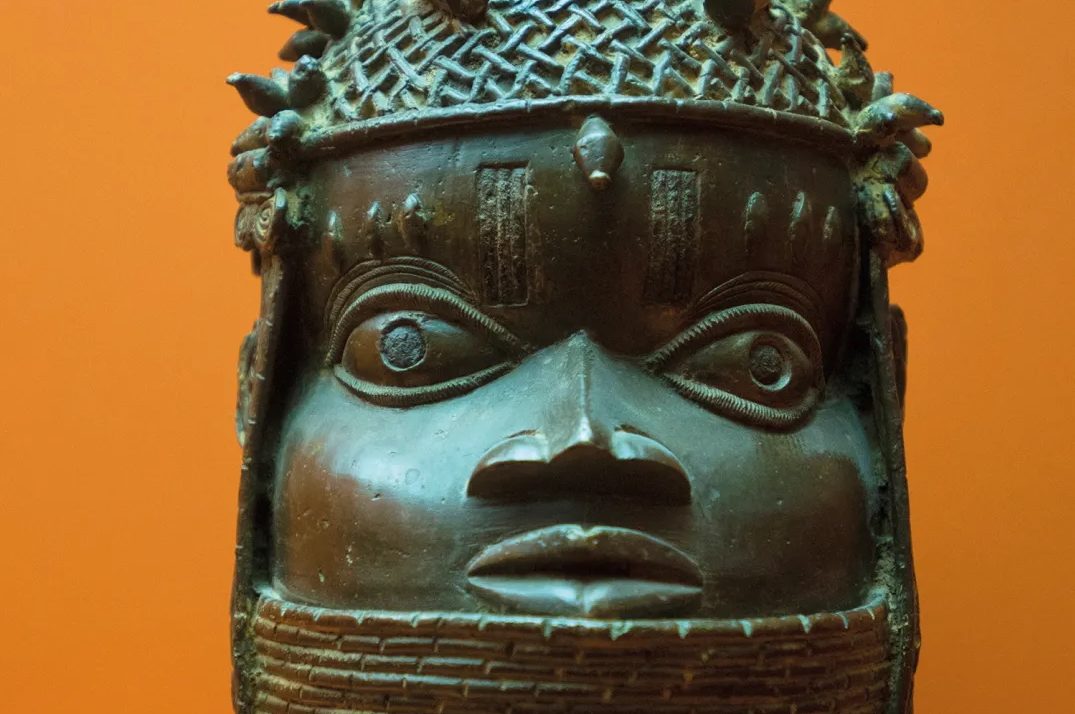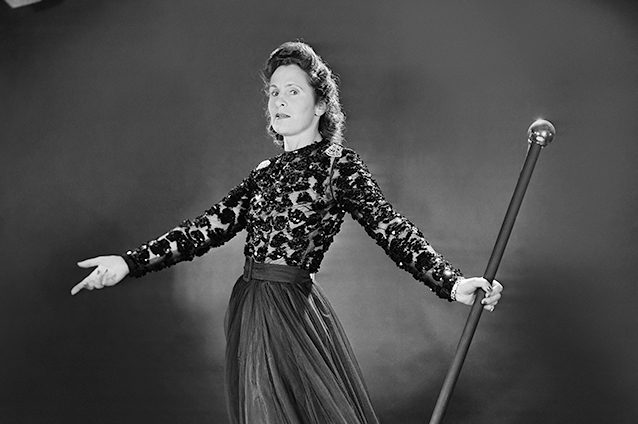Murillo: From Heaven to Earth, an exhibition at the Kimbell Art Museum in Fort Worth, Texas, is, at its core, a cunning display of institutional braggadocio. How much better to amplify a mainstay of the permanent collection — that would be “Four Figures on a Step” (c. 1658-60) — than to mount a show dedicated to the artist responsible for it?
“Four Figures on a Step” is, if not Murillo’s masterpiece, then a distinctive painting all the same. It is distinctive because it is odd: though attempts have been made to peg the image as some-or-other lesson in morals, the canvas has consistently resisted explication. The title, a bland descriptor superimposed by an outside source, points up how the picture’s thematic basis remains firmly contained within its own peculiar logic.
What is there to see? Three figures situated on a ledge that runs parallel to the bottom of the canvas. On the left is a grinning boy who’s not quite a guttersnipe, but neither is he respectable; his demeanor is suggestive and aggressive. To the right is an older woman, seated, with heavy, black-rimmed glasses and a furrowed brow. She’s cradling the head of a small child, another boy, whose crumpled body is lying with his back to the viewer and whose buttocks are exposed because of a rip in his pants. A young woman, positioned a mere step back, is pulling a face. A sarcastic moll, this last character — and an associate, it would seem, of the ragamuffin.
“Four Figures on a Step” has the hallmarks of a genre painting, but not the context. The environment in which our protagonists are situated is devoid of specificity — an amorphous darkened space. Such a setting is typical of portraiture from the Spanish Baroque, and, for that matter, the starkly orchestrated still-life paintings of Francisco de Zurbarán, an older contemporary of Murillo’s. Still, the Kimbell picture is an outlier, being a composition with a decidedly theatrical tenor. Its actors acknowledge and, in fact, inveigle the viewer. What do these people want from us, particularly given the implied harm perpetuated on its most vulnerable player? Post-modernists pride themselves on their self-reflexiveness, but Murillo was “meta” before it was cool. “Four Figures on a Step” is a case study in impregnable signifiers. The painting is a flagrantly contrived provocation.
“Two Women at a Window” (c. 1655-60) hangs adjacent to “Four Figures on a Step,” and comes as a relief, if only because it seems clearer in its implications. Here, again, Murillo depicts characters who directly address the spectator. As in “Four Figures on a Step,” they are life-size and situated within an architectural setting that aligns to the boundaries of the canvas. A younger woman leans on a windowsill and smiles at us in a beguiling, if somewhat cagey, manner. An older woman stands directly behind, tittering into her white headdress. We’re being asked to participate in a situation whose parameters are unsettled.
The rest of Murillo’s oeuvre has its share of quiddities, but “Four Figures on a Step” and “Two Women at a Window” are the most intently off-topic and, not coincidentally, most likely to appeal to contemporary tastes. The exhibition is, in fact, a feint to secularism. Murillo is broadly known as a painter of religious subjects, having achieved considerable renown for his devotional imagery; not least the Immaculate Conception, a subject he depicted several times over. Though the show does include Christian iconography, the primary emphasis is on the worldly and the mundane. Oh, and dogs. Given their abundance as bit-players, From Heaven to Earth establishes Murillo as a keen observer of man’s best friend.
From Heaven to Earth was organized by Guillaume Kientz, former curator of European art at the Kimbell and now Director and CEO of the Hispanic Society Museum and Library in New York City. Writing in the catalogue, Kientz locates Murillo’s “moral compass” within “the religion, politics and the economic situation of the city.” That city would be Seville, the artist’s hometown and lifelong base of operations. Born in 1617, Bartolomé Esteban Murillo was orphaned at age ten, and placed under the care of an older sister. (He died in 1662.) Not long after, Murillo entered the workshop of his uncle Juan del Castillo, a painter of some renown whom the young painter soon outshone in talent and reputation. Murillo’s first successfully completed commission — eleven canvases for a Seville convent — put him on the map. Not bad for an artist just shy of thirty years old.
How familiar was Murillo with the work of King Philip’s court painter, Diego Velázquez? Sources vary as to whether Murillo traveled to the Spanish capital. Kientz mentions a 1658 trip to Madrid during which it is suggested that Murillo saw canvases by Titian, Rubens and his fellow Spaniard. Whatever the case, it’s difficult not to think of Velázquez while viewing pictures like “The Young Beggar” (c. 1648) and “San Diego de Alcala and the Poor” (c. 1646). Granted, both men hewed to pictorial conventions typical of the age, and, as such, carried with them commonalities of national taste. But Murillo’s ability to turn a form, whether it be a foot covered in dirt or a scattering of acorns, is strikingly akin to that of Velázquez, as was his rendering of tactile surfaces. Zurbarán claimed Velázquez as a friend; perhaps Murillo gleaned trade secrets, albeit one degree removed, from his fellow Sevillian.
An interesting byway of the Kimbell show is explored by catalogue essayist Ronni Baer, distinguished curator and lecturer at the Princeton University Art Museum. Seville, she notes, was a commercial center with a significant amount of trade occurring between Spain and Flanders. Josua van Belle, a Dutch shipping magnate based in Seville, not only commissioned a portrait by Murillo — it’s included in From Heaven to Earth — but also owned additional pictures by him. Clearly, van Belle was a fan.
Baer wonders whether van Belle had Murillo over to the house to look at the North European paintings in his collection. Playing “What If?” is a dubious pursuit for a historian, but I’m damned if Baer doesn’t make a strong case by likening “Old Woman with a Distaff and Spindle” (c. 1650) and “The Toilette” (c. 1655-70) to paintings by the minor Dutch Master Michael Sweerts. Caravaggisti — that is to say, followers of Caravaggio — may have been a dime a dozen back in the day, but the correspondences are uncanny.
As a selective grouping of Murillo’s art, From Heaven to Earth makes a good case for his painterly acumen, even as it divulges a congenital weakness for schmaltz. Cherubic youngsters, however grubby or divine, can be cloying over the short haul — especially when they punctuate the compositions with formulaic regularity. That, and the soft focus of Murillo’s mise-en-scènes — an affectation cadged from Rubens, I’d wager — admits an overripe strain of sentiment. Still, if the Kimbell exhibition doesn’t come on like a revelation, it does confirm Murillo’s place in the hierarchy of seventeenth-century Spanish art — a distinct step or three behind Velázquez, Zurburan and Ribera. Any painter who makes a mark given that kind of competition deserves not only our credence, but that of history as well. In that regard, the good folks in Fort Worth have done right by Murillo.
This article was originally published in The Spectator’s December 2022 World edition.



